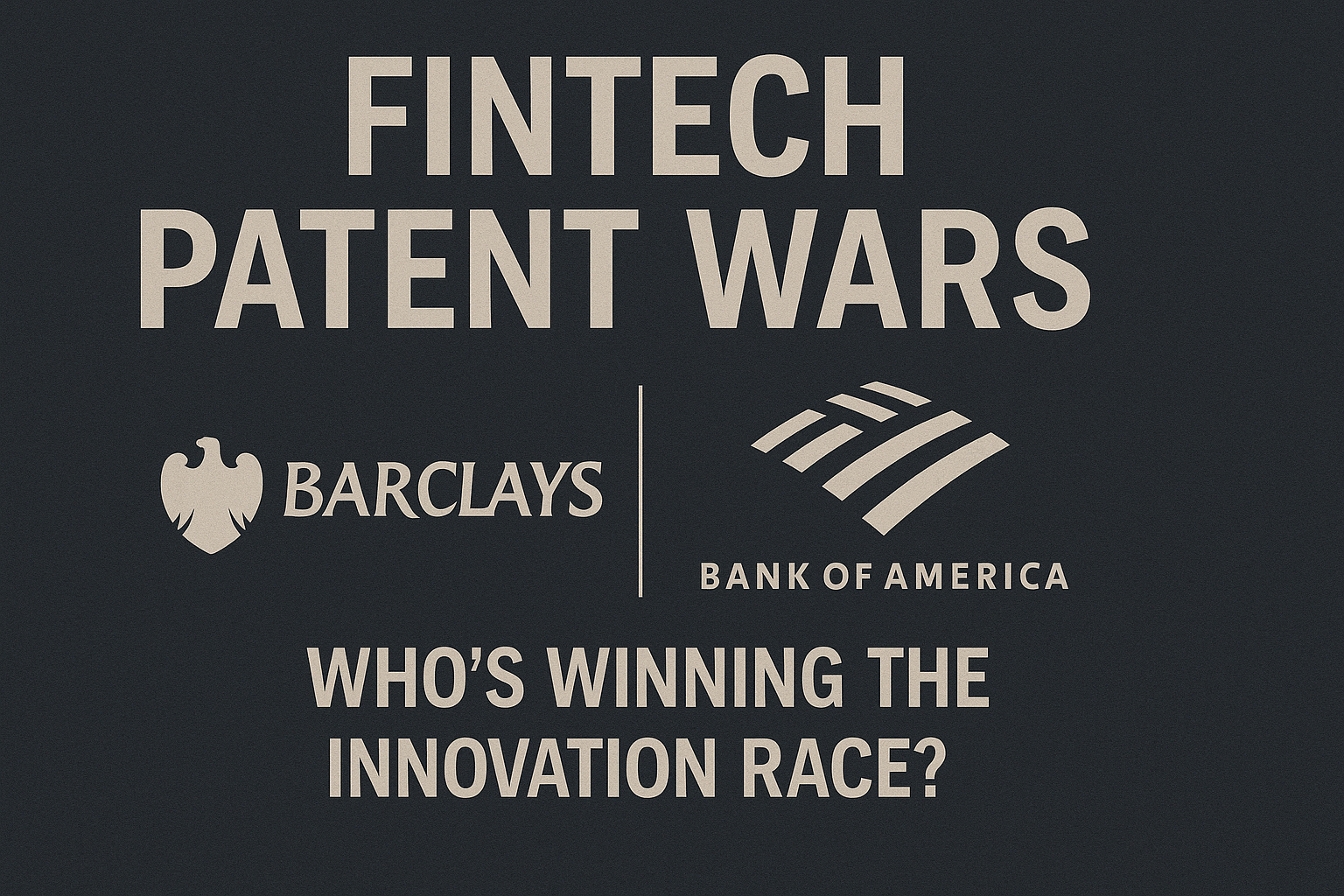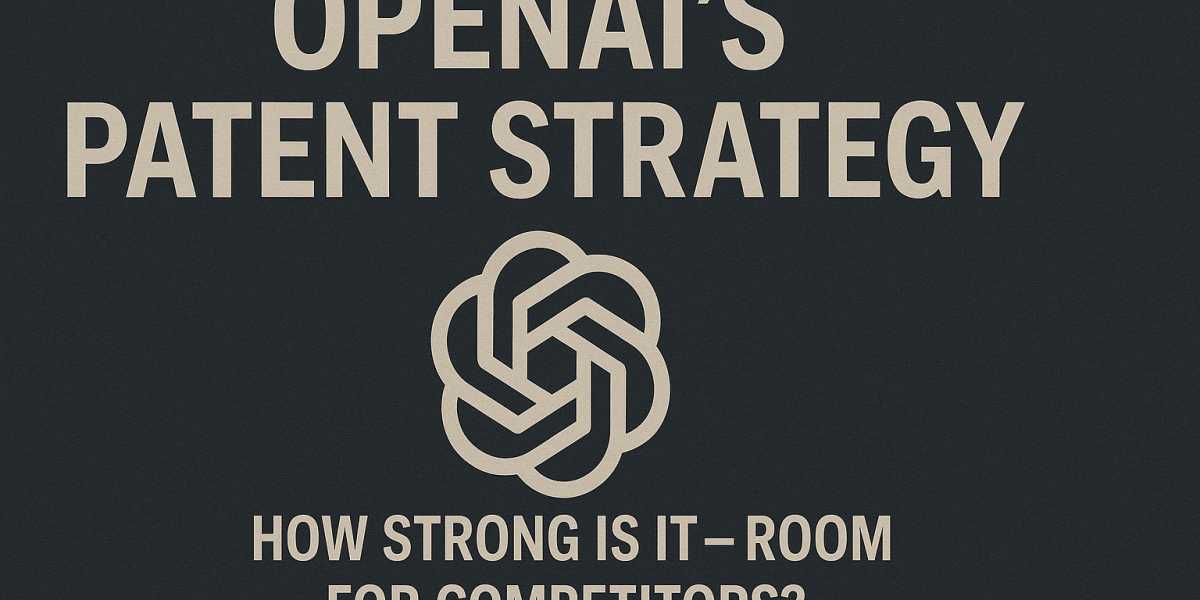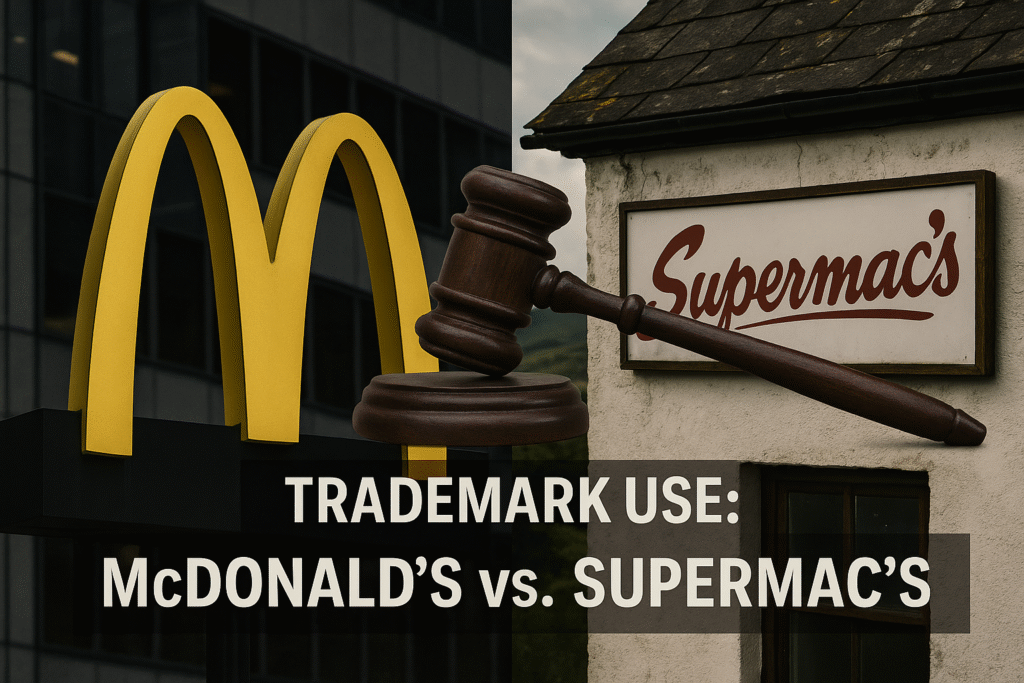As the leader behind ChatGPT, OpenAI has emerged as the face of the generative AI revolution. But when it comes to patents, the story is more nuanced. While OpenAI dominates in market mindshare and deployment, its patent portfolio isn’t as impenetrable as one might expect—which leaves strategic room for competitors.
📜 OpenAI’s Patent Portfolio
Despite its technical prowess, OpenAI has taken a conservative approach to patent filings, focusing more on:
• Trademark protection for its models and brands (like GPT, ChatGPT)
• Copyright and license control over model outputs (especially under the OpenAI API and usage terms)
• Selective patent filings mostly around model training efficiencies, safety mechanisms, and AI alignment techniques.
OpenAI’s most notable patents are:
• Techniques for reinforcement learning with human feedback (RLHF)
• Efficient transformer training methods
• Alignment mechanisms and content moderation models
🧠 Their strategy is to protect key architectural ideas while keeping most breakthroughs as trade secrets or open-source under controlled licenses.
✅ How Strong Are These Patents?
•The patents are highly technical, which means they’re not easy to circumvent by tweaking minor parameters.
• Many filings relate to training methodology, which forms the backbone of large language model (LLM) systems.
• Their control over data, compute infrastructure (via Microsoft), and talent forms a deeper competitive moat than just patents.
❌ Weaknesses:
• Low volume of granted patents compared to Big Tech peers like Microsoft, IBM, and Google.
• Many core concepts in LLMs (like transformers) were published before OpenAI’s rise—thus, not patentable by them and open for all.
• Reliance on open publication and licensing models creates room for fair use, reverse engineering, or designing around.
🏁 Where Is There Room for Competitors?
1. Verticalized Applications Patent narrowly tailored LLMs for legaltech, fintech, medtech, edu-tech, etc., with proprietary prompts, APIs, and datasets.
2. Model Optimization IP Innovate and patent on energy-efficient AI, low-latency inference, or edge deployment of LLMs—OpenAI still focuses on heavy infra.
3. Multimodal & Interoperable Models Patent novel methods of integrating vision, audio, and text—as the next-gen GPT-5+ models shift toward this, the field is still wide open.






